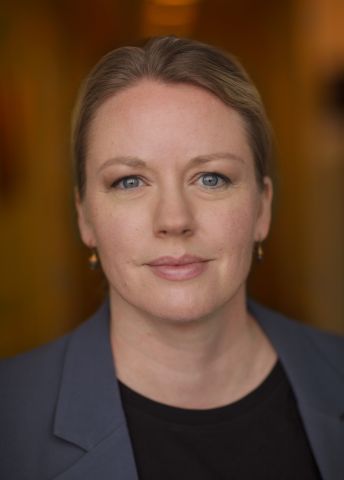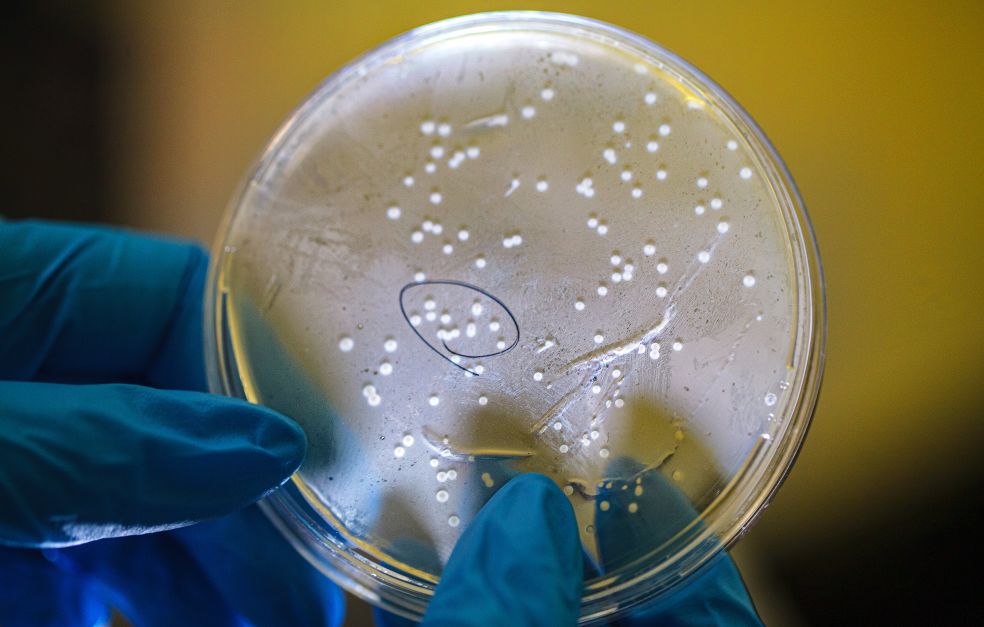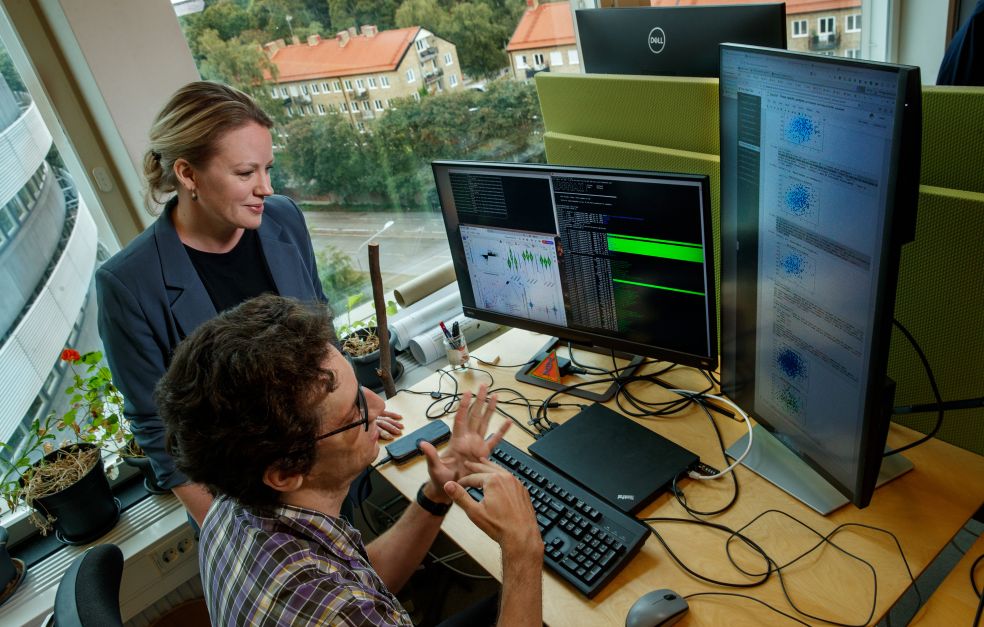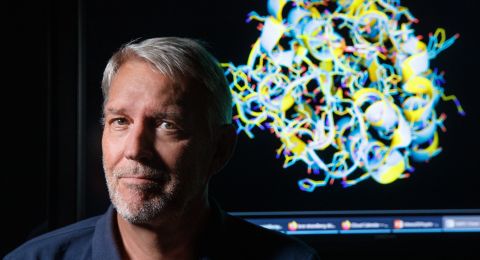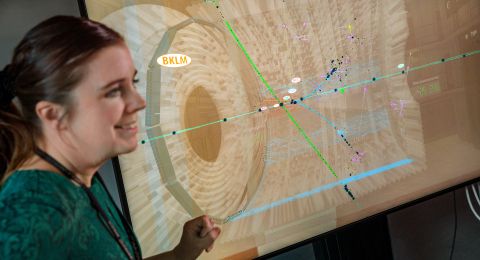The key to many diseases is to be found in our DNA. But it is rarely a single mutated gene that makes us sick; it is a combination of different genes and environment. Wallenberg Scholar Tuuli Lappalainen wants to find patterns in our DNA that can bring us closer to new therapies.
Tuuli Lappalainen
Professor of Genomics
Wallenberg Scholar
Institution:
KTH Royal Institute of Technology
Research field:
How genetic variants impact the molecular and cellular processes involved in a heightened risk of disease
It is becoming increasingly common for doctors to map a patient’s entire DNA in order to make the right diagnosis. In Sweden, children with cancer are among the patients for whom this option is used. The gene sequencing then forms the basis for a more accurate diagnosis, with care and treatment better tailored to the individual. This field is called precision medicine.
Over the past ten years pharmaceutical companies have become increasingly interested in the genetic factors involved in various diseases. The reason is simple: drugs based on genetic knowledge are more effective.
But we still do not know what factors in our DNA govern the development of various genetic diseases, or for that matter what makes us all so different.
“The global population is now eight billion, and everyone is unique. What features of our DNA determine our diversity? It’s a really fascinating question,” says Lappalainen.
Why are we so different?
The origins of our diversity and our genetic diseases are too complex to be traced to just one or a few individual genes. Over the past 15 years Lappalainen has therefore been researching the molecular and cellular processes that link our DNA with our varied traits.“We’re not studying a specific disease or gene; we’re attempting to understand the overarching patterns that explain why we’re so different from each other,” she says.
Earlier research in the form of large-scale studies has identified several places in our DNA that are related to disease. But most of them are located in the non-coding parts of the genome. These are parts that do not carry information about our proteins. These areas were previously referred to as ‘junk DNA,’ since their function was unknown.
“We still don’t know the exact part played in disease by genetic variation in these areas. We need to understand the function before we can develop new therapies.”
Multiple methods
Lappalainen’s research team is combining experimental methods with advanced computational models to increase our understanding of genome function and how genes impact cell and tissue development.
The researchers are using tools from fields such as population genetics, molecular biology and bioinformatics. But they also need to develop new ways of using them together so they can gain a better understanding of the genetic architecture. Also needed is a guiding methodology to identify the tools that are appropriate in a given instance.
“It’s a bit like building a house. You have to know when you should use a hammer and when you need a saw,” she says.
The researchers hope to be able to show the molecular processes involved in the occurrence of different diseases. With an overall understanding of the link between various genetic factors and molecular mechanisms, they hope to find new treatments for many genetic diseases where therapies are currently inadequate or non-existent. One result may be the identification of molecular targets that can be used in the precision medicine of the future.
A vital component in this project is access to large quantities of genetic data.
“Data sharing is vital if we are to succeed. Using genetic information from hundreds of thousands of people, we’ve been able to improve the diagnostic methods used for genetic diseases.”
Twin research environments
For just over ten years now Lappalainen has run a research laboratory at the New York Genome Center in the U.S. Three years ago she added a further lab at KTH Royal Institute of Technology and SciLifeLab, a national research center in Stockholm.
“I see them as a single joint laboratory where I work with two teams. We’re trying to maximize the research advantages available in the U.S. and Sweden respectively. And SciLifeLab offers a unique combination of technologies that I haven’t seen anywhere else in the world.”
But she also stresses the importance of combining technology with the right skills:
“Successful research requires three things – fantastic people in the lab, good infrastructure and finally…money. We have had the good fortune to have access to all three.”
She points out that research culture in the U.S. differs from that in Sweden. The pace is higher in the U.S., but so are the demands made and the level of stress. Sweden’s detailed medical records and registries also have a lot of research potential.
“Sweden has many highly valuable and well-used research cohorts, but they’re too small for us to get to where we want to be. To drive precision medicine forward we need to accumulate much larger quantities of data.”
To this end, she is involved in Precision Omics Initiative Sweden (Promise), aimed at creating new molecular data and bringing together research data from multiple registers.
Lappalainen derives impetus not only from achieving her scientific goals, but also from helping younger researchers to grow and develop.
“I think that’s just as important as making new discoveries – if not more so.”
Text Magnus Trogen Pahlén
Translation Maxwell Arding
Photo Magnus Bergström
